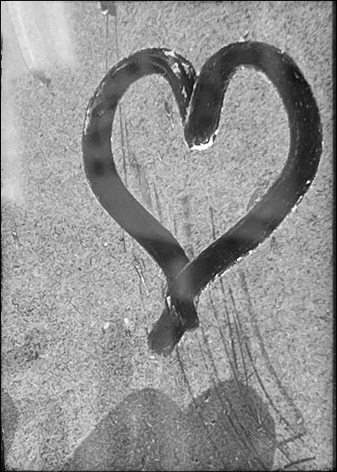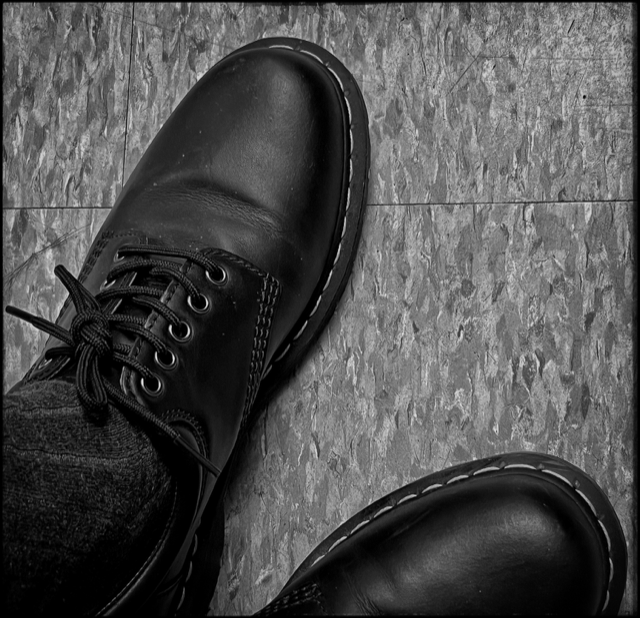
In the bigger picture there is love.
In this life there is evil, hatred, and death.
Even greater misfortunes compound and
threaten our existence. Inconceivably so.
Wars rage against humanity, our prayers
for peace continually ignored.
I cannot understand what I can do.
Unfortunate we can’t feel it all, or feel at all,
through the depths of desolation and abomination
we read about or view on technicolor screens
within our comfortable existence on
this side of the planet.
This uncomfortable world.
I feel hopeless when I want to feel love.
Hatred has spread like ash across the globe with
a greater vengeance than the fires that consumed us
throughout the year. Fingertips trace our hopes,
deftly scratching the surface, a dignified definition
we can only dream on. The climate has changed
geopolitically and environmentally.
I can’t understand the cause.
I cannot comprehend the convictions.
Humankind needs to scratch deeper; we need to feel.
We cannot accept that which we do not understand.
I can only want love, even more than peace.
I hear the cries, even from a distance.
Still, we watch. And still we wait, understandably so.
© 2023 j.g. lewis



